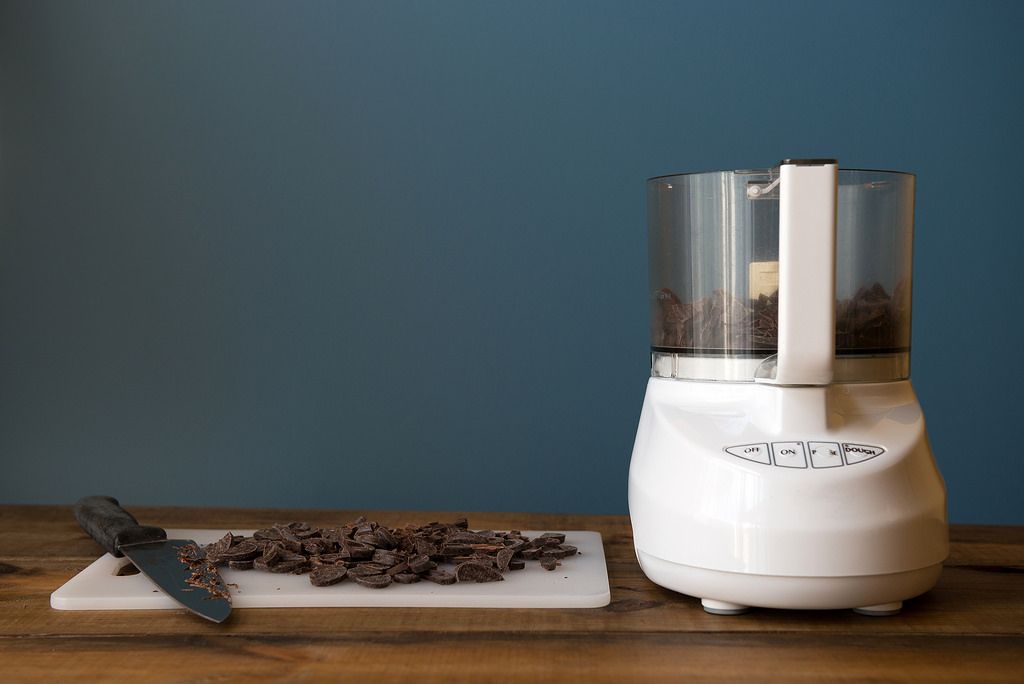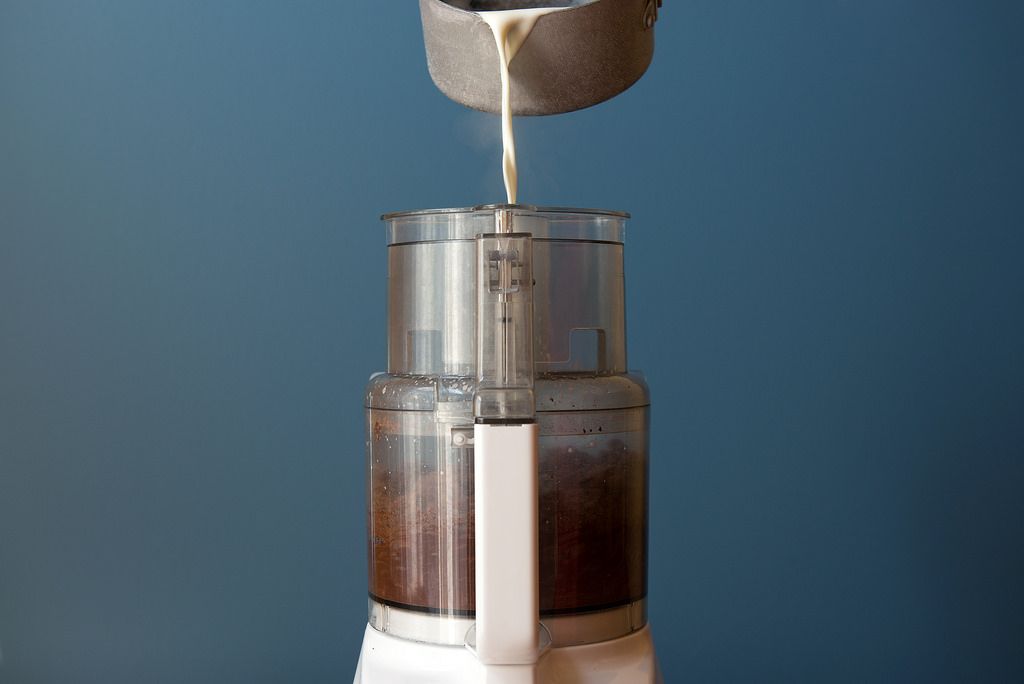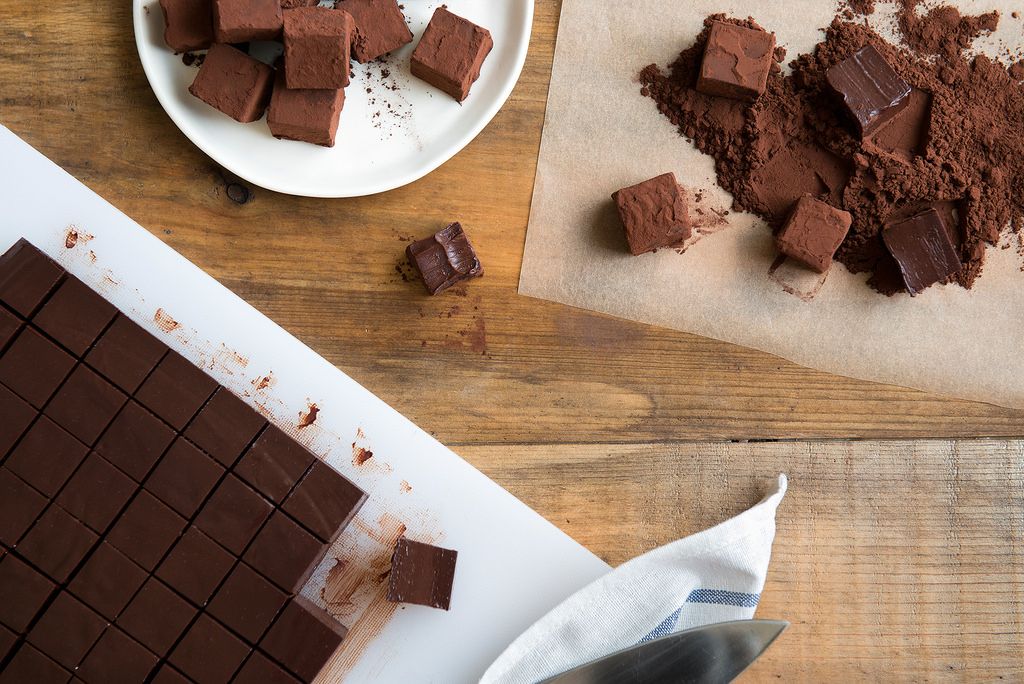Popular on Food52
Continue After Advertisement
13 Comments
Natalie M.
October 21, 2015
Hard to tell the size of the pan for cooling. A loaf pan or a cookie sheet pan?
Teresa F.
October 21, 2015
Hi Natalie, an 8x8 or 9x13 baking pan works best. If you use the 9x13 the truffles will just be thinner. Also, if you click on the "see full recipe" link (at the bottom of the article) it will give you step by step instructions to help you along. Thanks for the question and I hope you enjoy them!
Jenn K.
August 11, 2015
Is there an error in the ratio suggested here?
"For a soft but slightly firmer ganache (for cake filling or icing), adjust to 1:2 ratio chocolate to cream." - wouldn't 1:2 chocolate to cream make a runnier, not firmer ganache than 1:1?
"For a soft but slightly firmer ganache (for cake filling or icing), adjust to 1:2 ratio chocolate to cream." - wouldn't 1:2 chocolate to cream make a runnier, not firmer ganache than 1:1?
Teresa F.
August 12, 2015
Hi Jenn,
Yes, there is an error in the ratios listed. For a thin ganache (for topping ice creams, etc.) the ratio is 1:2. For a medium ganache (cake fillings, etc.) the ratio is 1:1. For a firmer ganache (truffles, etc.) the ratio is 2:1. Thanks for catching that and it should be updated soon!
Yes, there is an error in the ratios listed. For a thin ganache (for topping ice creams, etc.) the ratio is 1:2. For a medium ganache (cake fillings, etc.) the ratio is 1:1. For a firmer ganache (truffles, etc.) the ratio is 2:1. Thanks for catching that and it should be updated soon!
drbabs
August 11, 2015
I don't know; I think it's just as easy to melt the chocolate with the heavy cream and then you don't have to clean the food processor.






See what other Food52 readers are saying.